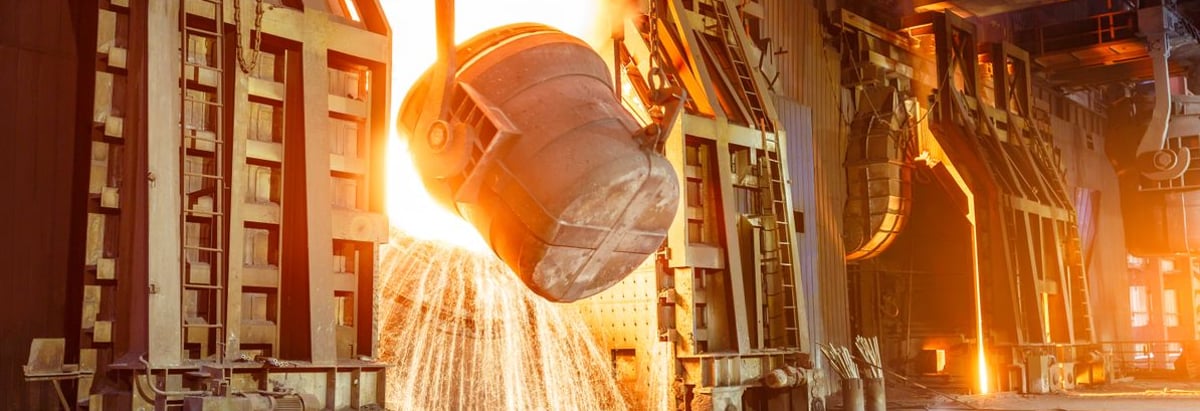Who Are The Major Shareholders Of Lloyds Steels Industries Limited (NSE:LLOYDSTEEL)?

Today, I will be analyzing Lloyds Steels Industries Limited’s (NSE:LLOYDSTEEL) recent ownership structure, an important but not-so-popular subject among individual investors. When it comes to ownership structure of a company, the impact has been observed in both the long-and short-term performance of shares. The same amount of capital coming from an activist institution and a passive mutual fund has different implications on corporate governance, which is a decisive factor for a long-term investor. It also impacts the trading environment of company shares, which is more of a concern for short-term investors. Now I will analyze LLOYDSTEEL's shareholder registry in more detail.
See our latest analysis for Lloyds Steels Industries

Institutional Ownership
In LLOYDSTEEL's case, institutional ownership stands at 14.53%, significant enough to cause considerable price moves in the case of large institutional transactions, especially when there is a low level of public shares available on the market to trade. However, as not all institutions are alike, such high volatility events, especially in the short-term, have been more frequently linked to active market participants like hedge funds. For shareholders in LLOYDSTEEL, sharp price movements may not be a major concern as active hedge funds hold a relatively small stake in the company. Although this doesn't necessarily lead to high short-term volatility, we should dig deeper into LLOYDSTEEL's ownership structure to find how the remaining owner types can affect its investment profile.Insider Ownership
An important group of shareholders are company insiders. Insider ownership has to do more with how the company is managed and less to do with the direct impact of the magnitude of shares trading on the market. LLOYDSTEEL insiders hold a minor stake in the company, which somewhat aligns their interests with that of shareholders. However, a higher level of insider ownership has been linked to management executing on high-returning projects instead of expansion projects for the sake of apparent growth. It would also be interesting to check what insiders have been doing with their shareholding recently. Insider buying can be a positive indicator of future performance, but a selling decision can be simply driven by personal financial requirements.General Public Ownership
A big stake of 20.79% in LLOYDSTEEL is held by the general public. This level of ownership gives retail investors the power to sway key policy decisions such as board composition, executive compensation, and potential acquisitions. This is a positive sign for an investor who wants to be involved in key decision-making of the company.Private Company Ownership
Another group of owners that a potential investor in LLOYDSTEEL should consider are private companies, with a stake of 58.62%. While they invest more often due to strategic interests, an investment can also be driven by capital gains through share price appreciation. This kind of ownership, if predominantly strategic, can give these companies a significant power to affect LLOYDSTEEL's business strategy. Thus, potential investors should look into these business relations and check how it can impact long-term shareholder returns.Next Steps:
LLOYDSTEEL's considerably high level of institutional ownership calls for further analysis into its margin of safety. This will allow investors to reduce the impact of non-fundamental factors, such as volatile block trading impact on their portfolio value. However, if you are building an investment case for LLOYDSTEEL, ownership structure alone should not dictate your decision to buy or sell the stock. Rather, you should be looking at fundamental drivers such as Lloyds Steels Industries's past track record and financial health. I highly recommend you to complete your research by taking a look at the following:
- Future Outlook: What are well-informed industry analysts predicting for LLOYDSTEEL’s future growth? Take a look at our free research report of analyst consensus for LLOYDSTEEL’s outlook.
- Past Track Record: Has LLOYDSTEEL been consistently performing well irrespective of the ups and downs in the market? Go into more detail in the past performance analysis and take a look at the free visual representations of LLOYDSTEEL's historicals for more clarity.
- Other High-Performing Stocks: Are there other stocks that provide better prospects with proven track records? Explore our free list of these great stocks here.
NB: Figures in this article are calculated using data from the last twelve months, which refer to the 12-month period ending on the last date of the month the financial statement is dated. This may not be consistent with full year annual report figures.
To help readers see past the short term volatility of the financial market, we aim to bring you a long-term focused research analysis purely driven by fundamental data. Note that our analysis does not factor in the latest price-sensitive company announcements.
The author is an independent contributor and at the time of publication had no position in the stocks mentioned. For errors that warrant correction please contact the editor at editorial-team@simplywallst.com.
Simply Wall St analyst Simply Wall St and Simply Wall St have no position in any of the companies mentioned. This article is general in nature. We provide commentary based on historical data and analyst forecasts only using an unbiased methodology and our articles are not intended to be financial advice. It does not constitute a recommendation to buy or sell any stock and does not take account of your objectives, or your financial situation. We aim to bring you long-term focused analysis driven by fundamental data. Note that our analysis may not factor in the latest price-sensitive company announcements or qualitative material.
About NSEI:LLOYDSENGG
Lloyds Engineering Works
Provides engineering products and services in India.
Excellent balance sheet with acceptable track record.
Similar Companies
Market Insights
Community Narratives




